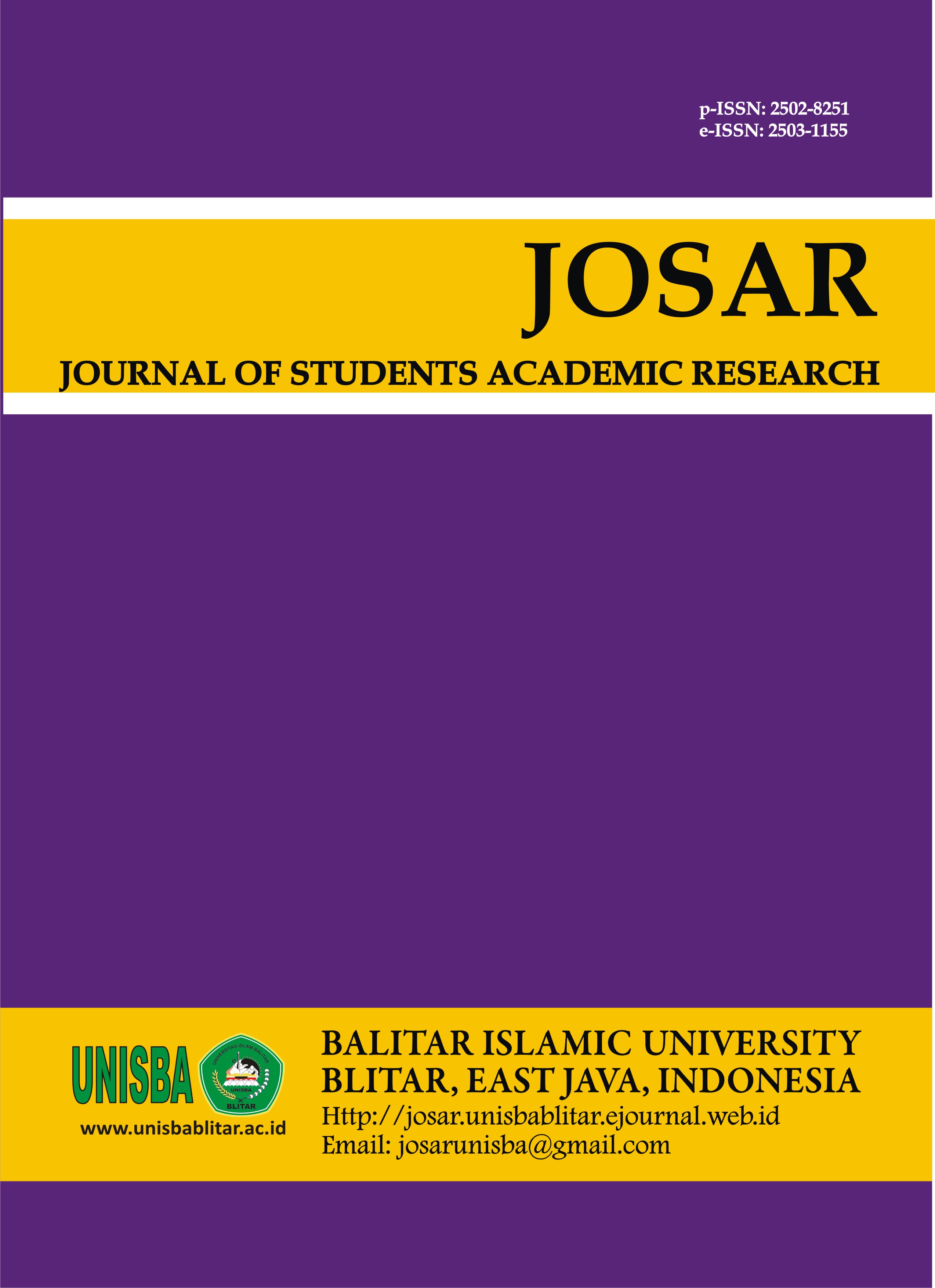DETECTION OF SOMEONE'S CHARACTER BASED ON FACE SHAPE USING THE CANNY METHOD
DOI:
https://doi.org/10.35457/josar.v6i1.1445Keywords:
physiognomy, edge detection, canny, euclidian distanceAbstract
Character is a unique way of interacting by individuals in creating a relationship. When interacting with people, it requires us to be face to face. The face is a very important element in communicating because from the face we can see a person's expression and the person's facial pattern so that their character can be known. The face is considered a reflection of a person's character so that a science called physiognomy has emerged. Physiognomy science is usually only known by experts, to get an easier way, technology can help provide solutions. The solution is to use a camera by taking a picture of the face whose character you want to understand, then doing a digital image processing (PCD). In this PCD process, there are several processes for processing images in order to obtain information from the image. One way is to use canny edge detection. Canny edge detection is used to identify or recognize object boundary lines in the image after the canny edge detection process is completed. The next process is to recognize face patterns by adding the euclidean distance method so that the face shape pattern can be recognized. The results of facial recognition test using the Canny and Euclidean distance method from 40 facial images, the percentage of success is 80%.
References
[2] T. Naomi, Cara Membaca Wajah. 2014.
[3] L. Susanto, “100 Cara Supercepat Membaca Wajah,” pp. 2007–2010, 2015.
[4] P. Darma, “Pengolahan Citra Digital,” pp. 4–16, 2010.
[5] Junior RA, et al. 2014. Perbandingan Penggunaan Beberapa Metode Deteksi Tepi Pada Pengolahan Citra Radiologi Fraktur Tulang. Prisma Fisika. 5(3) : 117-121.
[6] Yudianto, Murianto. 2014. Implementasi Metode Canny Untuk Deteksi Tepi Mutu Daun Tembakau. Jurnal Sarjana Teknik Informatika. 2(3) : 231-243.
[7] Wurdianarto SR, et al. 2014. Perbandingan Euclidean Distance Dengan Canberra Distance Pada Face Recognition. Techno.COM. 13(1) : 31 - 37.
[8] Nugraheny Dwi. 2015. Metode Nilai Jarak Guna Kesamaan Atau Kemiripan Ciri Suatu Citra (Kasus Deteksi Awan Cumulonimbus Menggunakan Principal Component Analysis). Jurnal Angkasa. 7(2) : 21 – 30.
[9] Dwi Sunar Prasetyono. 2012. Membaca Wajah Orang. Jogjakarta: Diva Press.
[10] Haner Jean. 2008. The Wisdom of Your Face. United States of America : Hay House.
[11] Munir R. 2004. Pengolahan Citra Digital Dengan Menggunakan Pendekaan Algoritmik. Bandung : Informatika.
[12] Flaurensia Fera, et al. 2016. Pengenalan Motif Batik Indonesia Menggunakan Deteksi Tepi Canny Dan Template Matching. Jurnal Coding Sistem Komputer Untan. 4(2) : 130 - 140.
[13] Gonzalez, et al. 2009. Digital Image Processing. New Jersey : Prentice-Hall.
[14] Hermawati F A. 2013. Pengolahan Citra Digital. Yogyakarta : Penerbit Andi.
[15] Ponmuthuramalingam P, Chitra A D. 2015. An Approach for Canny Edge Detection Algorithm on Face Recognition. International Journal of Science and Research. 4(11) : 24 – 27.
[16] Rakhmat, Jalaluddin. 2012. Psikologi Komunikasi. Bandung : Remaja Rosdakarya.
[17] Rahmadewi R, Kurnia R. 2016. Klasifikasi Penyakit Paru Berdasarkan Citra Rontgen dengan Metoda Segmentasi Sobel. Jurnal Nasional Teknik Elektro. 5(1) : 7 - 12.
[18] Susanto, Iin. 2012. 100 Cara Supercepat Membaca Wajah. Jakarta: Gramedia.
[19] Putra PTK, Wirdiani N K A. 2014. Pengolahan Citra Digital Deteksi Tepi Untuk Membandingkan Metode Sobel, Robert dan Canny. Merpati. 2(2) : 243 – 261.
Downloads
Published
Issue
Section
License
Authors who publish in this journal agree to the following terms:
- Authors retain copyright and grant the journal right of first publication with the work simultaneously licensed under a Creative Commons Attribution License that allows others to share the work with an acknowledgment of the work's authorship and initial publication in this journal.
- Authors are able to enter into separate, additional contractual arrangements for the non-exclusive distribution of the journal's published version of the work (e.g., post it to an institutional repository or publish it in a book), with an acknowledgment of its initial publication in this journal.
- Authors are permitted and encouraged to post their work online (e.g., in institutional repositories or on their website) prior to and during the submission process, as it can lead to productive exchanges, as well as earlier and greater citation of published work (See The Effect of Open Access).
Deprecated: json_decode(): Passing null to parameter #1 ($json) of type string is deprecated in /home/ejournal.unisbablitar.ac.id/public_html/plugins/generic/citations/CitationsPlugin.php on line 68










